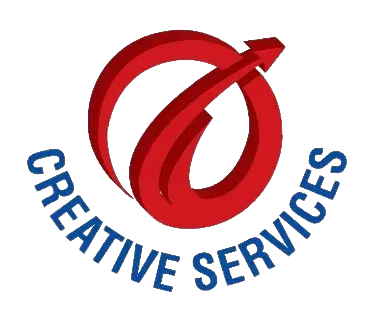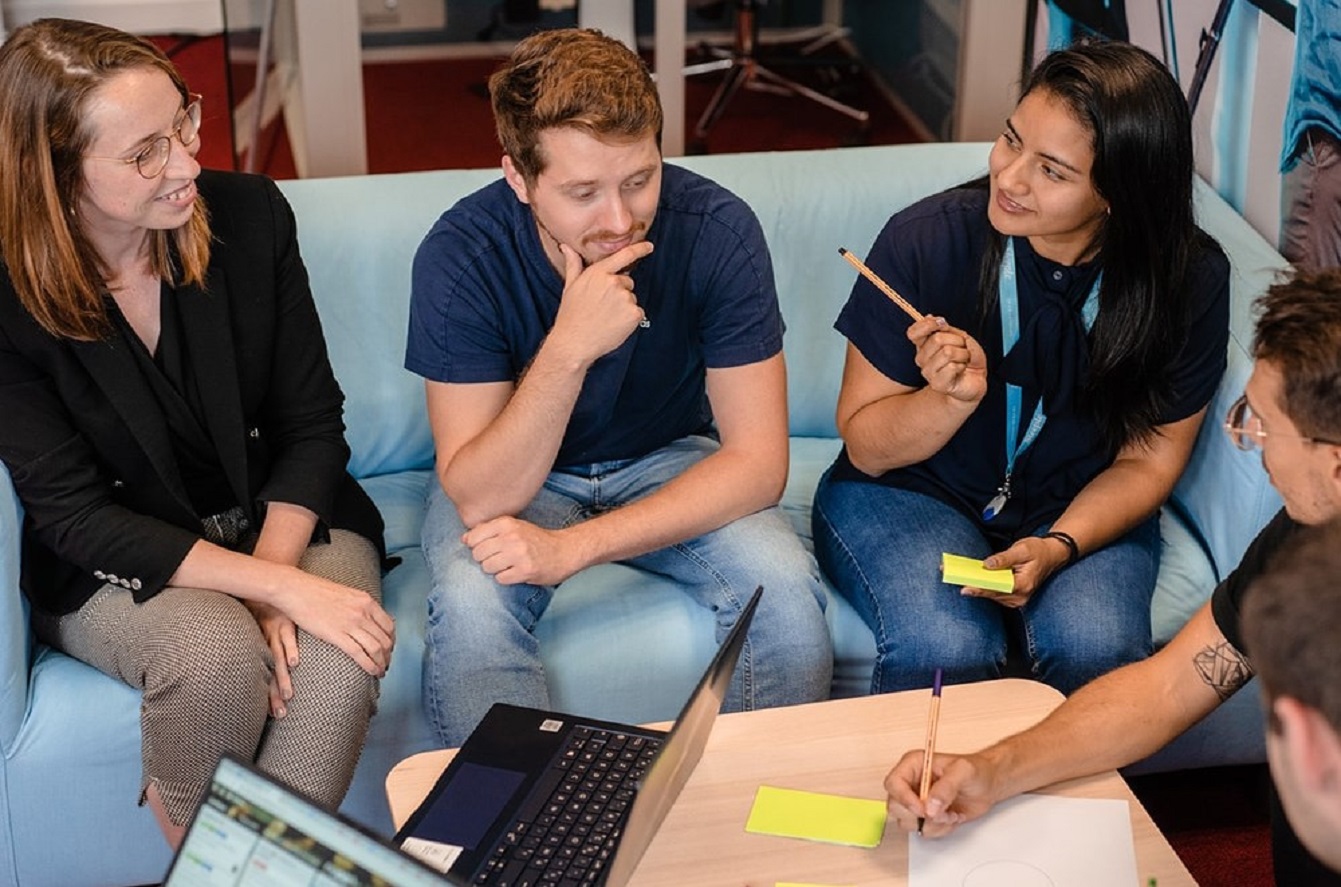Process to Develop Policies/Procedures for an NGO
Process to Develop Policies and Procedures for an NGO
Md. Humayun Kabir
Non-Governmental Organizations (NGOs) require clear and standardized policies and procedures to ensure effective governance, transparency, and accountability. Well-defined policies guide organizational behavior, reduce operational risks, and ensure compliance with legal and regulatory requirements. Moreover, documented procedures enhance donor confidence by demonstrating a commitment to institutional management and ethical standards.
Policies serve as a framework to manage human resources, financial systems, beneficiaries, and partnerships. They reduce misunderstandings, resolve conflicts, and provide staff with clarity regarding their responsibilities. To be effective, these policies must be systematically developed, inclusive of stakeholder input, and regularly reviewed to reflect evolving needs and external changes.
Below is a structured process for developing policies and procedures for an NGO:
1. Identify the Issue: The first step is to determine the specific operational or compliance-related issue the policy should address. These may involve internal matters such as staff management, procurement processes, financial control, or external regulatory compliance. Issues should be prioritized based on organizational risk and operational impact.
2. Form a Policy Development Team: A multidisciplinary team should be assembled, including department heads, staff representatives, and, if needed, external consultants. Involving legal advisors is essential to ensure alignment with national laws and international standards. The team will be responsible for gathering input, drafting content, and managing the policy development process.
3. Conduct Research and Gather Data: The team should review existing policies, relevant legal frameworks, and industry best practices. Internal surveys, staff interviews, and consultations with similar organizations can provide valuable insights. Benchmarking helps ensure the policy reflects sectoral norms and legal obligations.
4. Draft the Policy or Procedure: The draft should be written in clear, accessible language, avoiding technical jargon. It must include:
• Purpose and Scope: Why the policy exists and whom it applies to.
• Policy Statement: The organization’s position or rule.
• Procedures: Step-by-step guidance for implementation.
• Roles and Responsibilities: Who is accountable for what.
• Compliance and Enforcement: Monitoring mechanisms.
• Review and Update Process: When and how the policy will be revised.
5. Review and Revise: The draft should be circulated to relevant stakeholders for feedback. Suggestions and concerns should be evaluated, and the policy revised accordingly. Legal advisors must review the final version to ensure compliance and risk mitigation.
6. Approval and Endorsement: The finalized draft should be submitted to the governing authority—typically the Board of Directors or Executive Director—for formal approval. An official resolution or memo should be issued to document the endorsement.
7. Implementation and Communication: Once approved, the policy must be effectively communicated throughout the organization. Orientation sessions, training workshops, and accessible documentation are essential to ensure all staff understand and adhere to the policy.
8. Monitoring and Periodic Review: Policies should be reviewed every 2–3 years, or sooner if required. A review committee should assess the effectiveness of current policies, consider staff feedback, and propose amendments. Any revisions must be formally approved prior to implementation.
An NGO needs the following Policies/Procedures
An NGO should have enough rules, regulations, and procedures to demonstrate its compliance and organizational strength. There is a list of rules, regulations, and recommendations, including but not limited to the following list:
Anti-Fraud, Anti-Bribery, and Anti-Corruption Policy
Anti-Human Trafficking and Modern Slavery Policy
Anti-Terrorism and Extremism Policy
Asset Management Policy
Conflict of Interest Management Policy
Consultancy Assignment Management Policy
Data Security Policy
Due Diligence Policy
Duty of Care and Security Policy
Environmental Policy
Equality and Diversity Policy
Financial Management Policy
Gender Policy
Governance Policy
Grant Management Policy
Health and Safety Policy
HR Management and Development Policy
Information Disclosure Policy
IT and Cyber Security Policy
Partnership Development Policy
Procurement Policy
Quality Assurance Policy
Risk Management Policy
Safeguarding Policy
Sexual Harassment Elimination Policy
Staff Grievance Policy
Whistleblowing Policy
Workplace Bullying and Violence Prevention Policy
The article was written by Md. Humayun Kabir, an Independent Consultant, and Director, Creative Services Limited. Email: humayun@cslbd71.com

